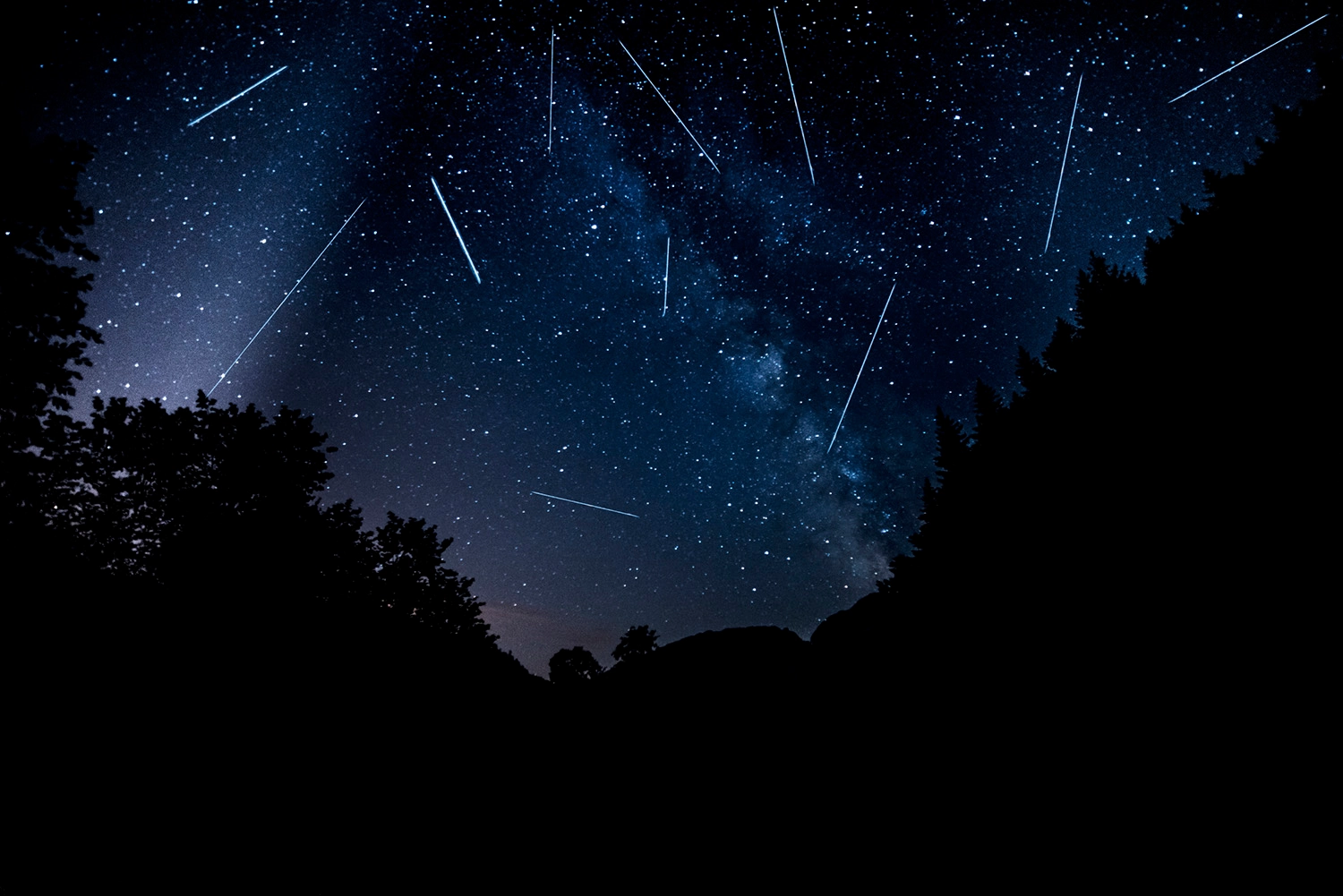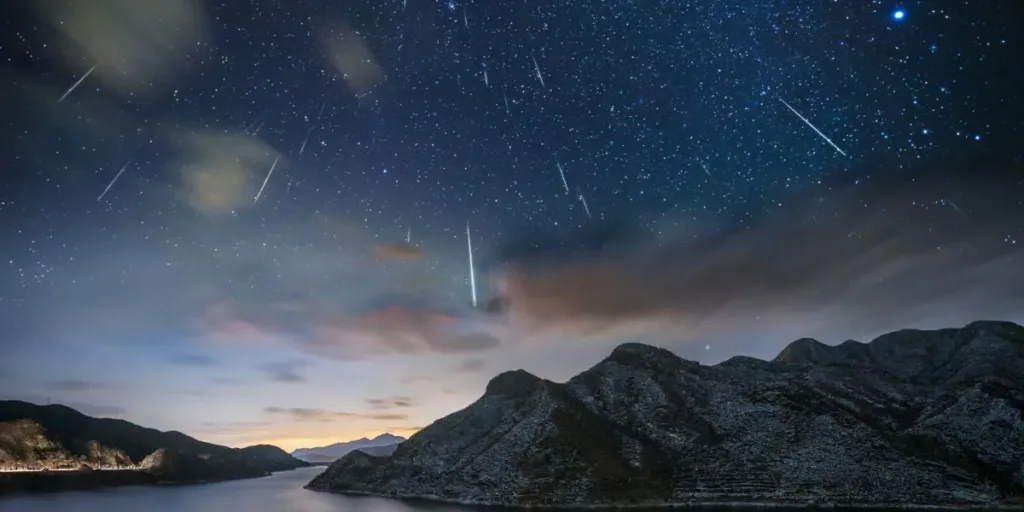
The Perseid meteor shower is expected to peak on the night of August 12 and into the early morning hours of August 13. This year, skywatchers in the northern hemisphere are in for a treat, as the shower is expected to be particularly active.
The Perseids are one of the most popular meteor showers of the year, and for good reason. They produce bright, colorful meteors that can often be seen even in light-polluted areas. This year, the shower is expected to produce up to 100 meteors per hour at its peak, making it one of the best opportunities to see shooting stars in 2023.
Where to watch perseid meteor shower
The Perseids are named after the constellation Perseus, from which they appear to originate. The meteors are actually the remnants of comet 109P/Swift-Tuttle, which passed by Earth in 1862. As the comet travels through space, it leaves behind a trail of dust and debris. When this debris collides with Earth’s atmosphere, it burns up and produces a meteor shower, reports the BBC.
The best time to see the Perseids is after midnight, when the radiant (the point in the sky where the meteors appear to come from) is high in the sky. If you can, find a dark location away from city lights to get the best view. You won’t need any special equipment to see the meteors, but a pair of binoculars or a telescope can help you to see them more clearly.

If you’re lucky, you might even see a fireball. Fireballs are very bright meteors that can sometimes outshine the stars. They’re caused by larger pieces of debris from comets or asteroids.
The Perseids are a great opportunity to enjoy the beauty of the night sky. So get out there and enjoy the show!
Here are some tips for viewing the Perseid meteor shower:
- Find a dark location away from city lights.
- Lie on your back and look up at the sky.
- Be patient and wait for the meteors to appear.
- If you see a bright meteor, make a wish!
The Perseid meteor shower is a truly amazing sight to behold. So if you have the chance, don’t miss it!
